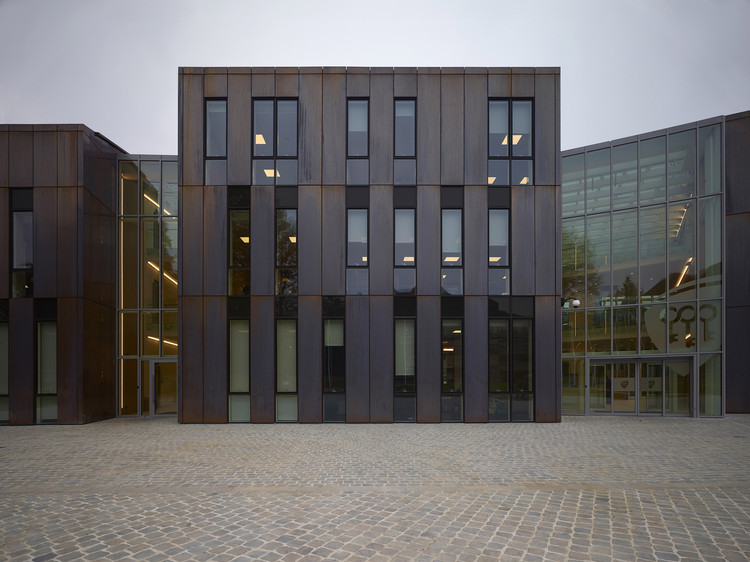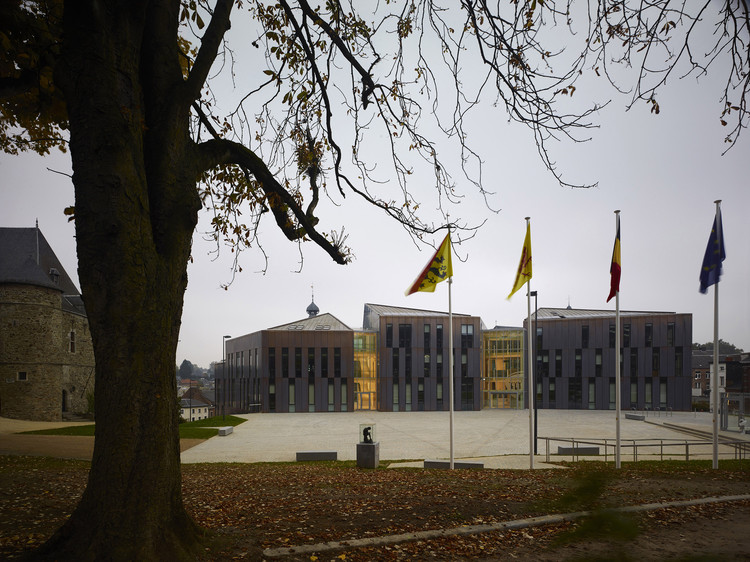
-
Architects: Demogo
- Area: 9770 m²
- Year: 2015
-
Photographs:Pietro Savorelli

Text description provided by the architects. Gembloux, a medieval city located in the Walloon region, is characterized by the presence of three significant historical buildings: the ancient bell tower called the Beffroi, the Église Décanale and the Maison du Bailly.























